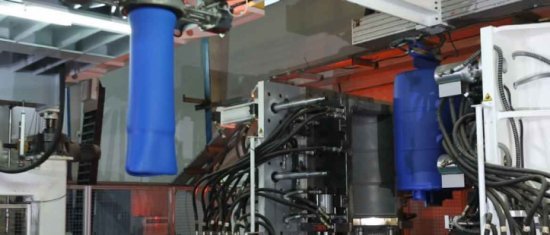The molding process includes three important processes of thermoplastics shaping:
Extrusion blow molding, stretch blow molding, and injection blow molding. Among these three methods, injection blow molding has the largest share in the products’ production and stretch and injection blow molding and stretch and injection blow molding
An Overview of Blow Molding
The molding process includes three important processes of thermoplastics shaping:
Extrusion blow molding, stretch blow molding, and injection blow molding. Among these three methods, injection blow molding has the largest share in the products’ production and stretch, and injection ones are in the next ranking. The blow molding industry is associated with an annual growth of about 3-5% and such a growth is expected to continue.
Extrusion blow molding is the largest consumer of high-density polyethylene (HDPE) among the various shaping processes. The growth of the blow molding market for HDPE is faster than the market for bottles and other similar products so that about 40% of the produced HDPE is consumed in blow molding.
Blow molding is the process of producing hollow parts by blowing a molten thermoplastic tube, which is called Parisan. The production of packaging barrels and high-volume products can be conducted by extrusion blow molding method. The multi-layer products production process allows us to use different raw materials in different layers to provide a special feature of the part and this type of machinery are called co-extrusion blow molding machines. The co-extrusion blow molding machines have separate extruder systems based on the number of layers, which will bring variety in the offered products.
All the blow molding process methods basically have similar steps, which are summarized at below in brief in the following:
Melt Production of Raw Materials:
Plastic raw materials are fed into an extrusion system in this process and the raw materials are melted and finally, transferred to the extrusion die head area due to the temperature and tension created during the spiral rotation.
Parisian Formation:
This phase of the process includes the formation of a hot molten material from the molten raw material, which is called Parisan. The parisan flows downward from the end of the die due to the gravity force until the parisan length of the molten materials is the same as the length of the mold of the desired piece.
Blowing and Molding:
The hot parisan is placed between the two halves of the mold, then the mold’s two halves are connected together and secured by a retaining clip. The designed air pin is applied inside the warm flow so that the parisan is blown towards the inner wall of the mold and the molten polymer takes the shape of the mold until the part starts to cool. The two halves of the mold are opened and the molded part is separated from the mold after cooling.
Please refer to the Product Category to learn more about products, including types of tanks and traffic curbs.


 فارسی
فارسی English
English عربي
عربي کوردی
کوردی
User comments